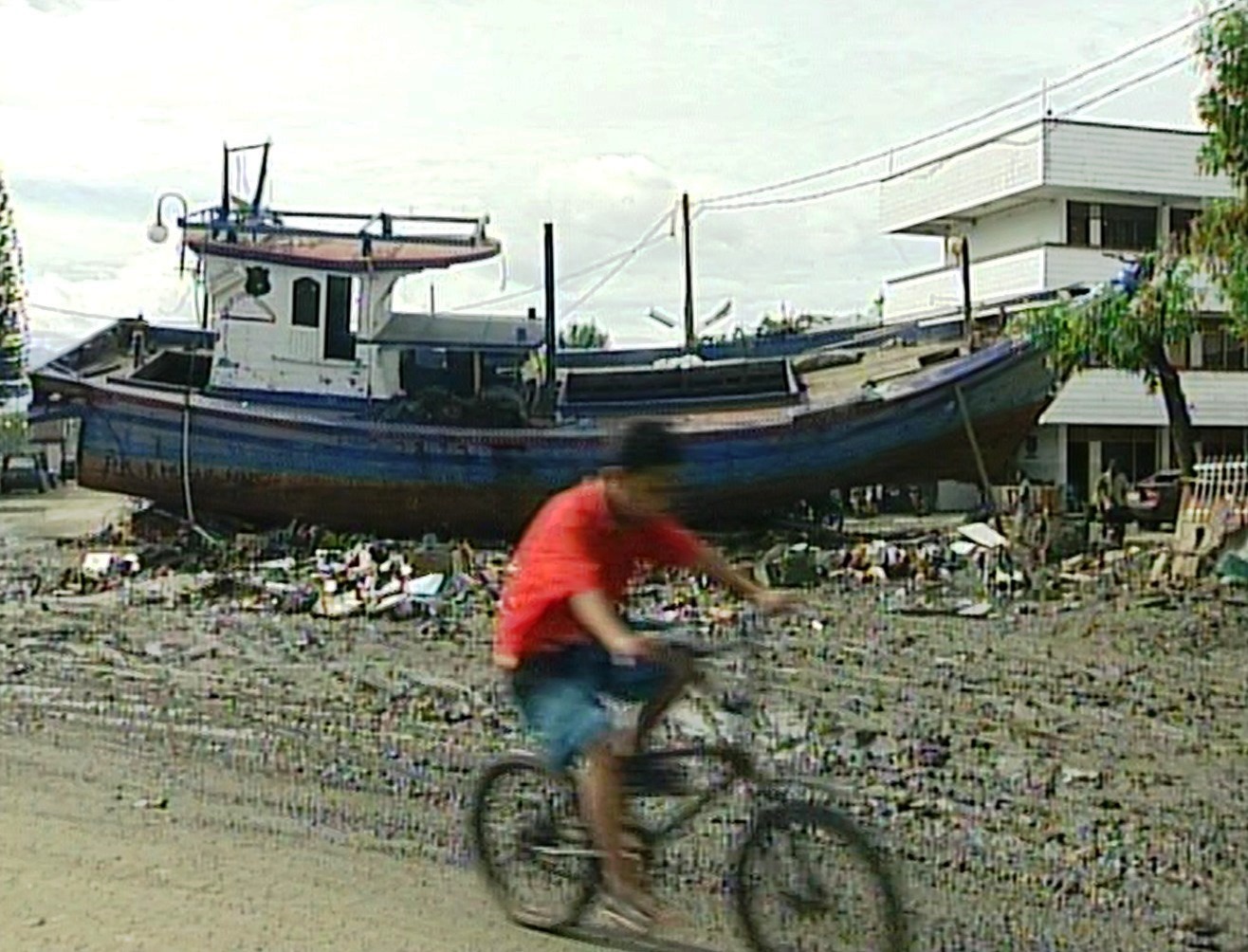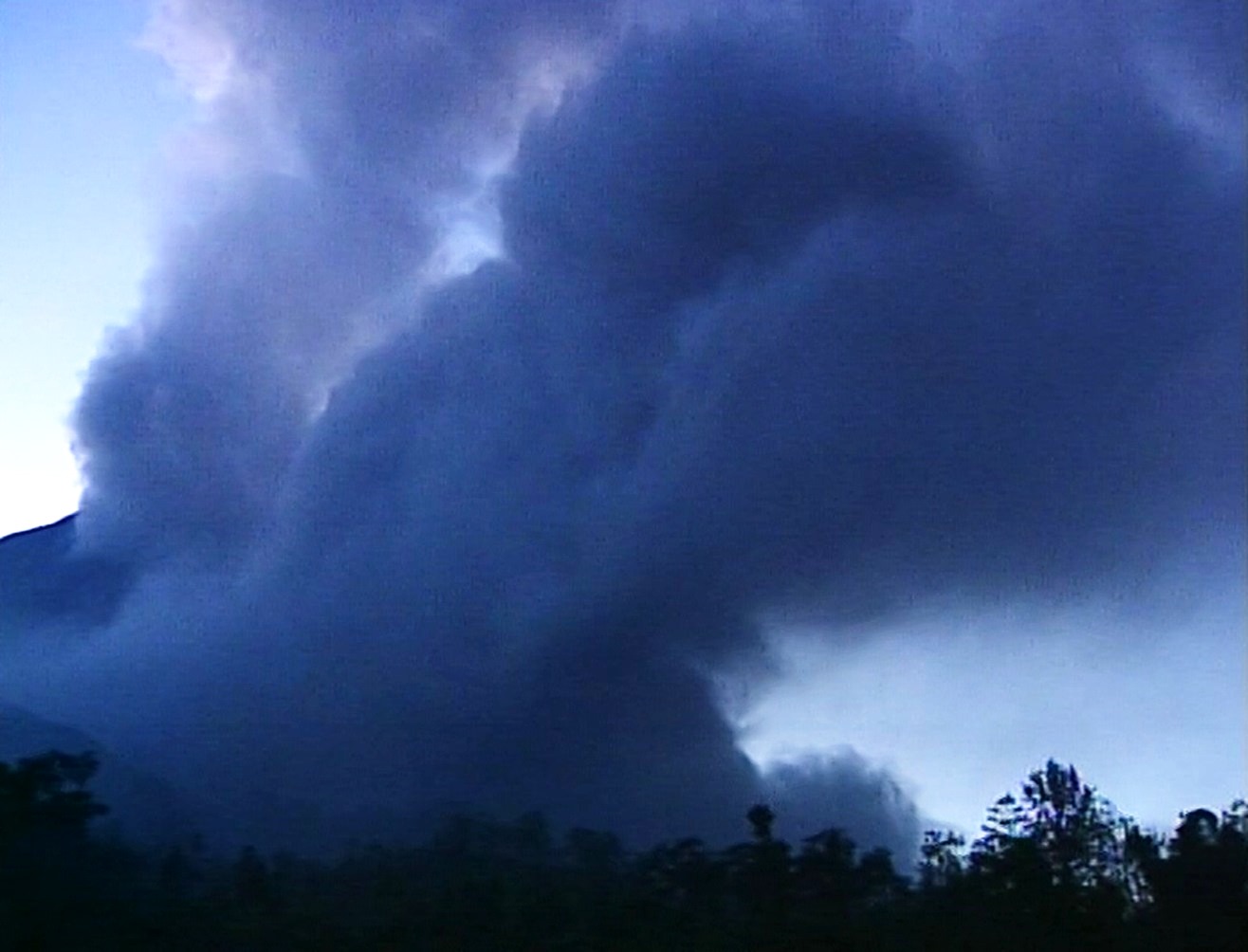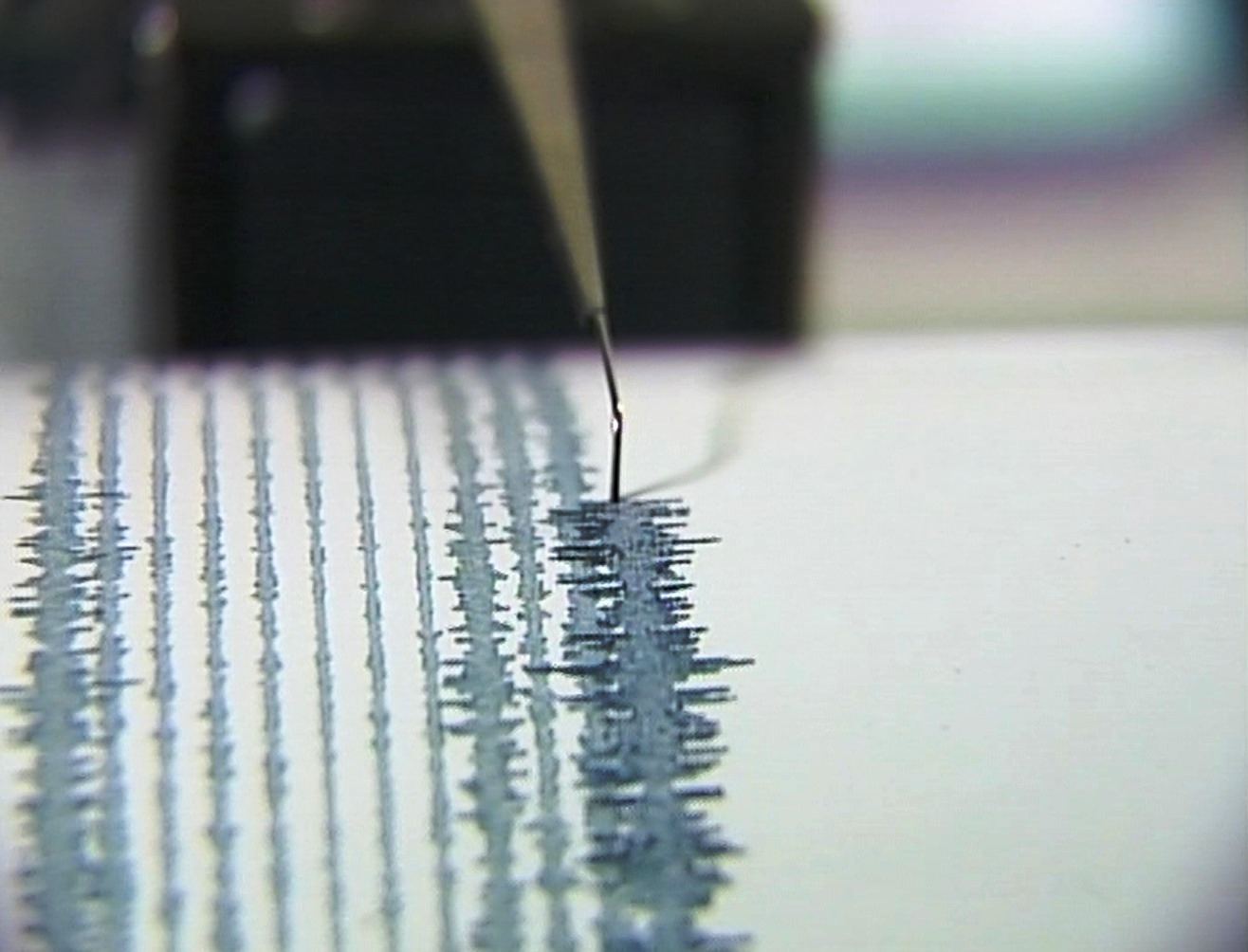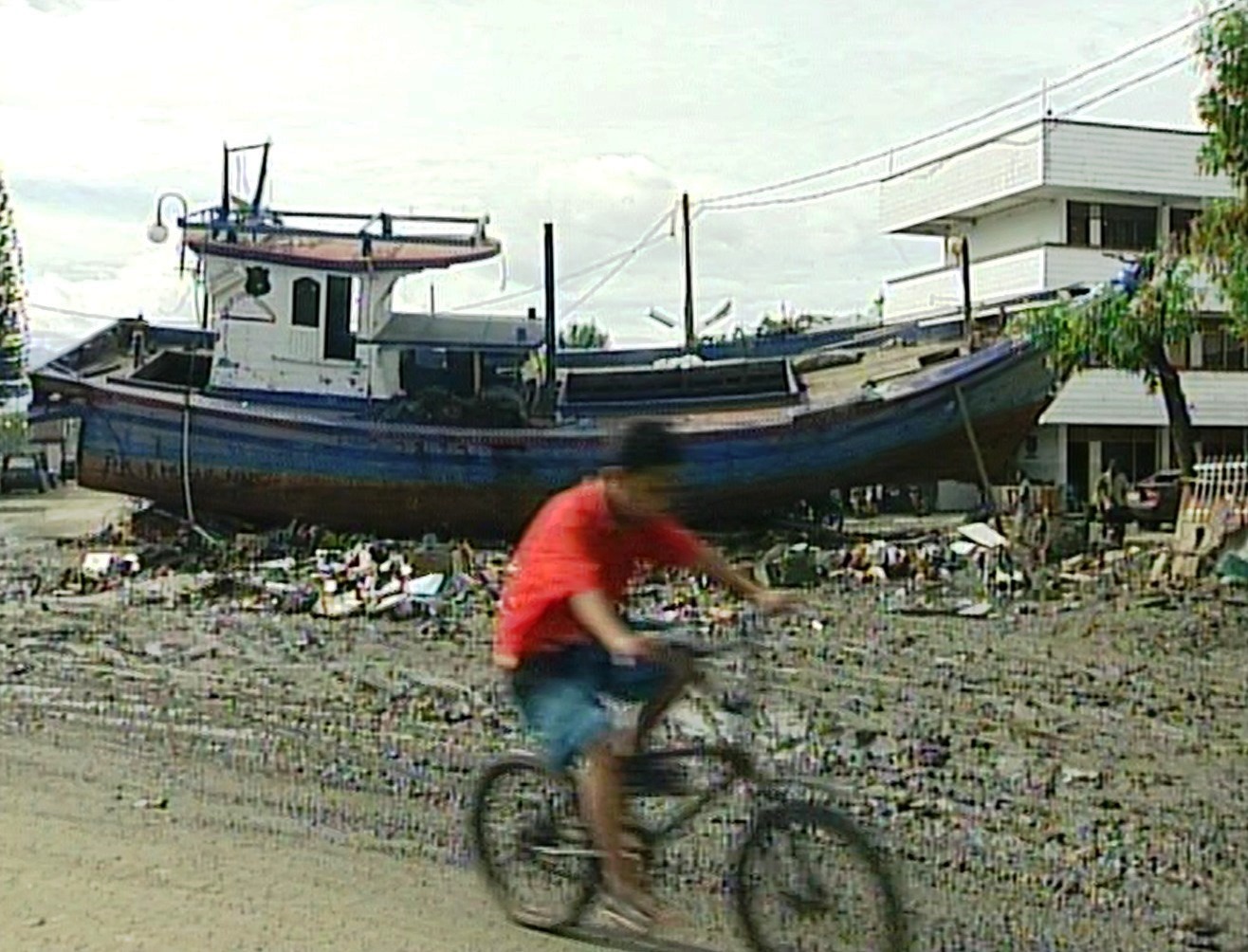
With a population of 250 million and frequent natural disasters, Indonesia has had to rely on international aid to help it recover from natural disasters numerous times. Its economic growth has also suffered repeatedly. To combat this, the Indonesian government is taking action to reduce losses from natural disasters and to strengthen community resilience. It has made local governments responsible for managing hazards and risks. However, the ability of provincial and district governments to achieve this varies widely.
During the next five years, a team from GNS Science in New Zealand will work in four Indonesian provinces to reach a total population of 3.75 million people (See map of these districts here). One of the elements of our project is a series of New Zealand-based and in-country workshops that will include case studies from other districts in Indonesia and New Zealand.

One of our roles is to help local governments in Indonesia understand and manage their own hazards and risks and improve communications at all levels of the community. This involves working with officials to identify and prioritise actions to reduce risk. This will bring together government agencies, universities, and private sector organisations.

This project marks the first nationally consistent approach to local capacity building in risk reduction. It will draw on New Zealand’s expertise in disaster risk reduction, preparedness and risk management. The numerous natural hazards that New Zealand and Indonesia have in common put us in a strong position to share our knowledge to reduce risks and increase preparedness.As the impetus for disaster resilience grows in Indonesia, we expect to see more emphasis on better construction techniques, improving the location and robustness of infrastructure, effective warning systems, and land use that is appropriate to the level of risk. The ultimate goal is reduced losses after a disaster and faster recovery times.
StIRRRD Brochure

